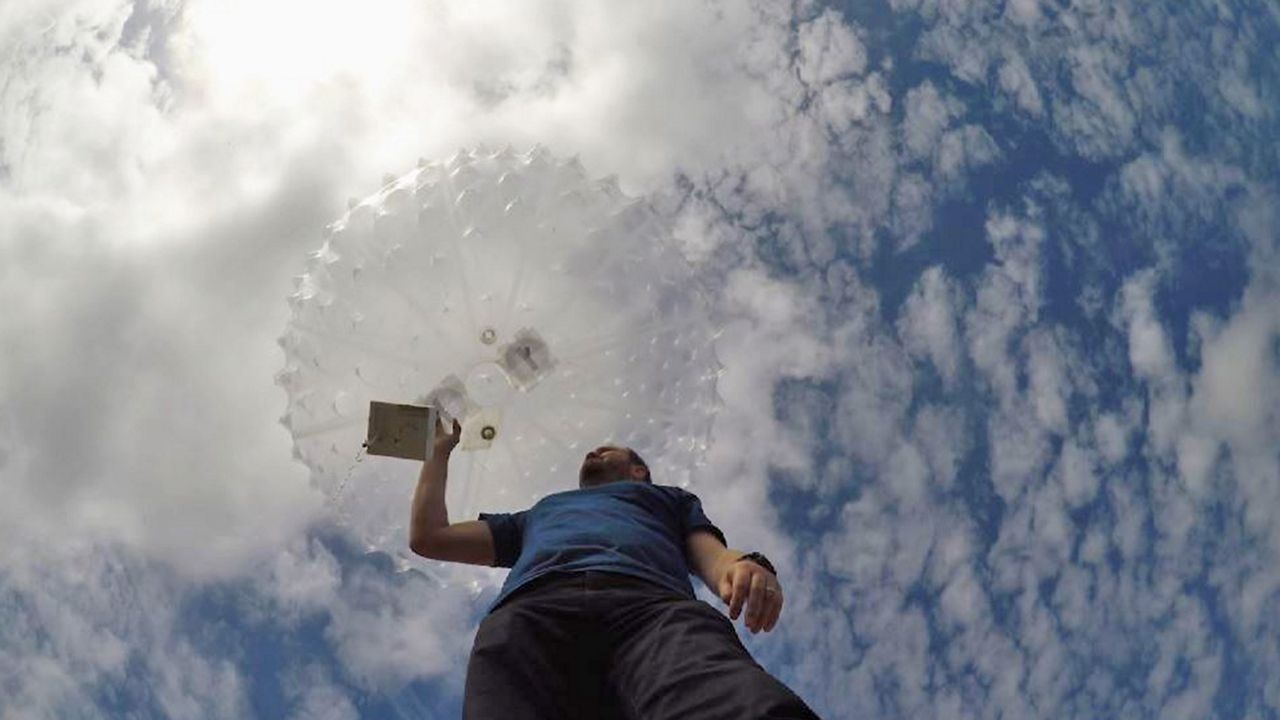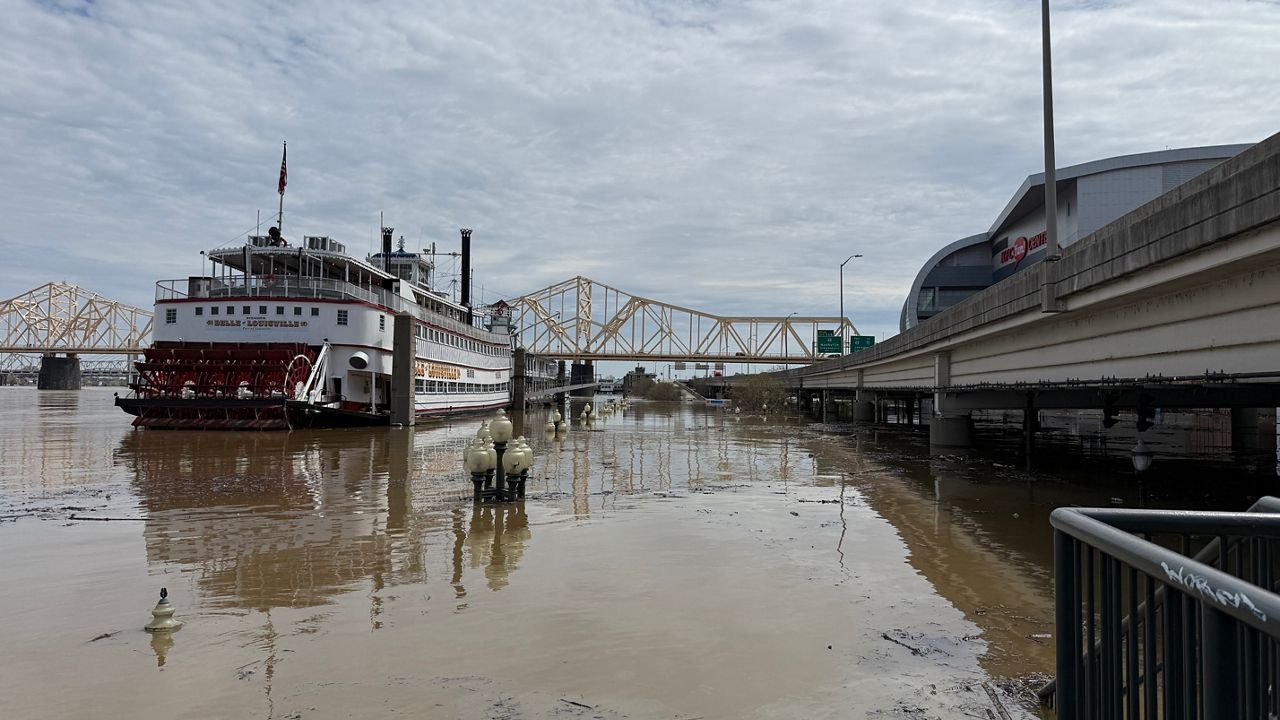The daily forecast isn't perfect but we've come a long way.
The 5-day forecast that many of us grew up with is now a 10-day outlook. Our phones send alerts that tell us to the minute when the snow or rain is going to begin.
And as a weather forecaster, I'm able to make detailed storm predictions days earlier than when I first started my career.
Many of the improvements in the science of forecasting have followed along with the exponential advances in computer power. The National Weather Service is using the latest super computers to produce its forecasts. The current technology can do 2.8 quadrillion mathematical calculations in just 1 second and they are getting better all the time.
In 2018 NOAA invested in new computers that boosted it's computing power by 33 percent and it's storage capability by 60 percent. This was a tipping point that allowed several major improvements which include:
- Replaced the "engine"(the forecast equation at the heart of any weather computer model) that runs the Global Forecasting System model. This is typically known as the American model.
- Increased the horizontal model resolution from 13km to 9km. The resolution is the size of each grid in the model. The smaller the grid, the more accurate the forecast.
- Increased the vertical model resolution to 64 layers. That means that the weather model slices the atmosphere into 64 layers from the surface to the upper atmosphere.
- Extended the forecast from 10 days to 16 days.
The Weather Service is not stopping here. They have plans to add two Cray supercomputers which will come online during 2022. This will triple their computing capacity.

It's not just computers that NOAA has invested in. In 2016, two major satellites were replaced. These next-gen orbiters provide much better pictures of the storms happening around the planet.
They also can scan the atmosphere from outer space, giving us data on everything from water vapor, to wildfires, to the health of vegetation. Also, NOAA recently joined a partnership to use a chain of six satellites to help track what has turned into a record hurricane season.
The Cosmic-2 project which was launched by Space X in June 2019 gives hurricane trackers access to data they've never had before.

The investments in science are paying off.
Lets look at some of the numbers. According to an article in the journal Science (January 2019, Alley, Emanuel, Zhang), today's 5-day forecast is as accurate as a 1-day forecast was in 1980.
We've seen great improvements in severe weather forecasting too.
NOAA reports that the lead time for a tornado warning has gone from 5 minutes in the early 1990s to around 13 minutes today. That's an extra 8 minutes of time to prepare. That's an improvement that can be measured in lives saved.
Hurricanes are another area where forecasters have seen amazing progress.
Our coastal populations have ballooned in the past few decades while the number of tropical systems has been near record levels. The death toll from storms, however, has declined.
The article in the Journal of Science (January 2019, Alley, Emanuel, Zhang) reports that today's 3-day predictions of hurricane tracks are more accurate than 1-day predictions were 40 years ago.
Check out the trends from NOAA in terms of hurricane forecasts for track error and intensity. The improvements in the last 40 years are impressive.
As a professional weather forecaster for almost 30 years, it's been amazing to witness the improvements in our science.
I can remember having to adjust the forecast for the next day's high temperature by 6 to 10 degrees from the computer guidance on a regular basis. At this point, the computer's guess in the short range is often just as good as mine.
The biggest gain though that I've seen is in the weather models not forecasting "fake storms".
In the 90s and even the early 2000s, in the winter, I'd see the computer forecast a snowstorm in the day 5 to 7 range.
By the time we got into the 3-day range, that big snowstorm would fizzle out on the computer model and I'd have go on TV and explain that the chance for a snowstorm had once again dried up.
The ability now to regularly predict severe weather 3 to 5 days ahead of time is a game changer in terms of people and officials being able to prepare ahead of time.
I can't wait to see what improvements will come next.








